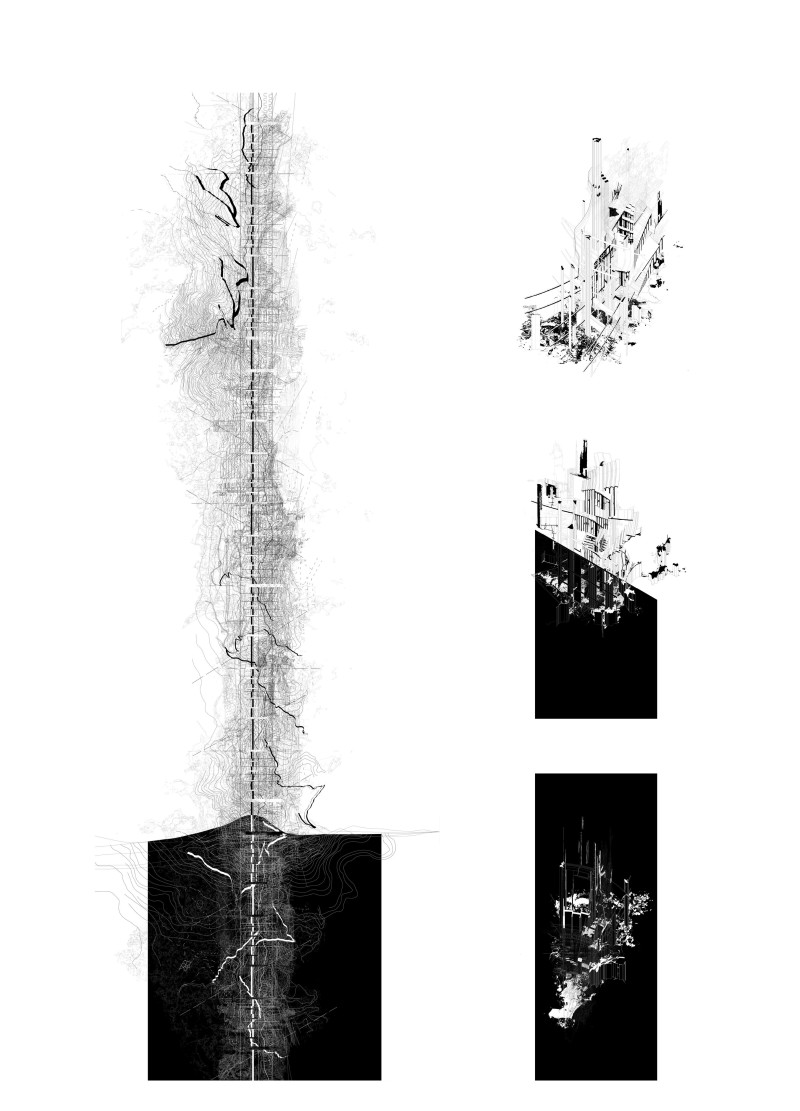5 key facts about this project
At its core, the project functions as a [insert specific function, e.g., community center, residential building, cultural institution], addressing the needs of its users while enriching the local area. Each facet of the design has been crafted to ensure that the space is not just utilized effectively but also enhances the overall experience of those who inhabit it. The layout incorporates various spaces that foster interaction, collaboration, and accessibility, thereby creating a welcoming atmosphere for its occupants.
The architectural design employs a range of materials, including reinforced concrete, wood, glass, steel, and brick or stone, which collectively contribute to both the structural integrity and aesthetic appeal of the project. Each material has been selected for its properties, allowing the building to resonate with its surroundings while ensuring durability and sustainability. The use of natural materials, such as wood, provides warmth and a tactile connection to the environment, while glass elements promote transparency and allow natural light to permeate the interior. The careful consideration of these materials reflects a commitment to environmental stewardship and a desire to create spaces that are both functional and inviting.
Unique design approaches characterize this project. The integration of biophilic design principles enables a seamless connection between indoor spaces and the natural landscape, creating environments that promote well-being and comfort. By prioritizing natural light and views of the outdoors, the project minimizes reliance on artificial lighting, thus enhancing energy efficiency. The architect has also employed innovative spatial organization that allows for fluid movement throughout the building while maintaining distinct areas that cater to varied activities. This careful planning ensures that users can navigate the space intuitively, promoting engagement and interaction.
Notably, the design embraces the principles of sustainability through passive design strategies. Features such as cross-ventilation, strategic shading, and the incorporation of green roofs or living walls contribute to a reduction in the building's ecological footprint. These elements not only enhance energy efficiency but also promote biodiversity and improve the overall quality of the environment both inside and outside the structure.
The project also pays homage to local cultural influences, incorporating traditional design elements that resonate with the history and identity of the area. By blending these elements with contemporary architectural ideas, the design creates a dialogue between the past and the present, allowing the building to stand as a testament to the evolution of its community. This thoughtful fusion of styles fosters a sense of belonging among users and reinforces the building’s role as a community landmark.
In essence, this architectural project serves as a model for effective design that prioritizes user experience, sustainability, and community connection. Its meticulously crafted spaces and unique materiality reflect a deep understanding of the context and provide a glimpse into a future where architectural designs continue to evolve responsibly. For a deeper understanding of the architectural plans, sections, and designs that contribute to the success of this project, readers are encouraged to explore its presentation in further detail.


























